With environmental protection and resource recycling gaining increasing importance, carbonizers have become essential equipment for converting various biomass materials into high-value activated carbon. So, what biomass raw materials can be used to produce activated carbon? Wood, coconut shells, fruit shells, straw, bamboo, and agricultural waste are all ideal raw materials. They are widely available, low-cost, and renewable.
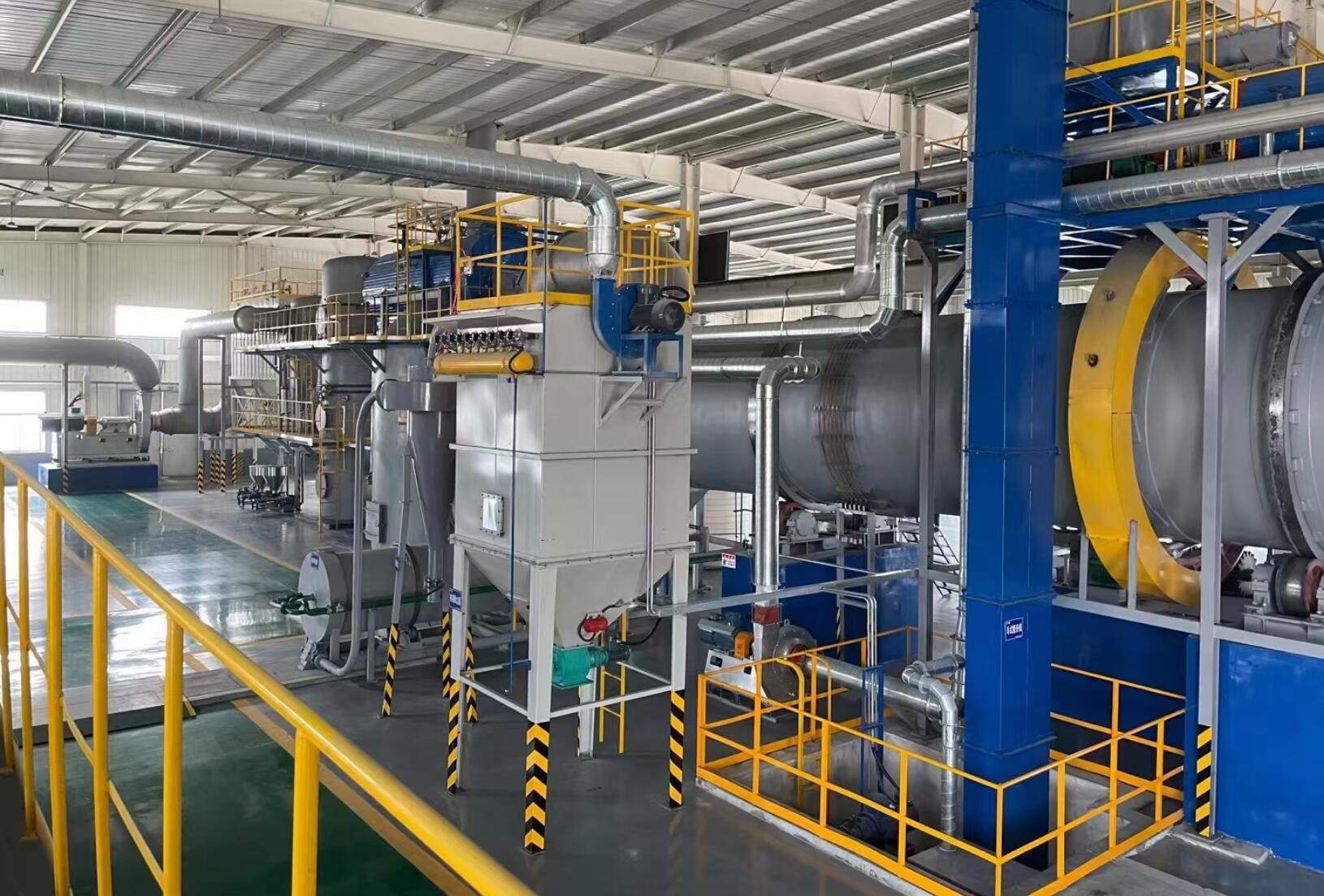
Carbonizers perform high-temperature, oxygen-free pyrolysis on these biomasses, effectively extracting fixed carbon and removing volatile matter and impurities, laying a solid foundation for subsequent activation. Their efficient and continuous production process significantly improves raw material utilization and the quality of activated carbon output. Choosing a high-performance carbonizer means achieving higher economic returns with lower energy consumption while reducing the environmental impact of waste.
Investing in a carbonizer is not only a wise move to upgrade production processes, but also a practical step towards a green, circular economy. It revitalizes waste biomass, transforming it into activated carbon products that are in high demand in industrial, environmental, and medical fields, creating substantial value.
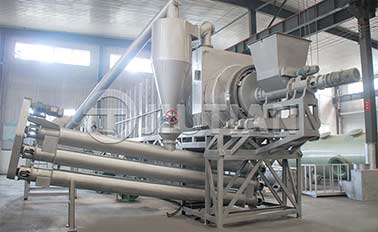
Location:Indonesia
Project Progress:Put Into Production
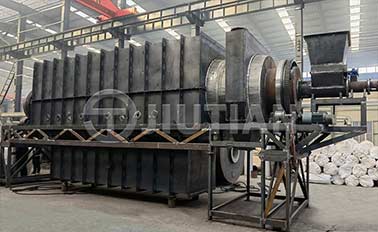
Location:Vietnam
Project Progress:Put Into Production
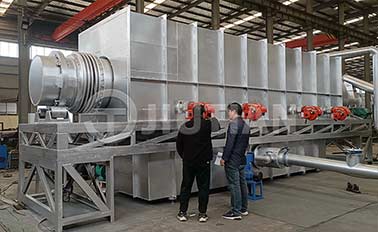
Location:Kenya
Project Progress:Put Into Production
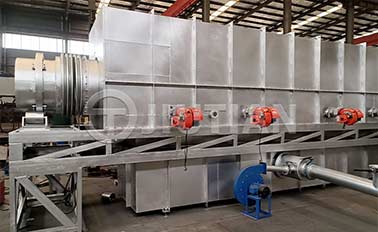
Location:Canada
Project Progress:Put Into Production